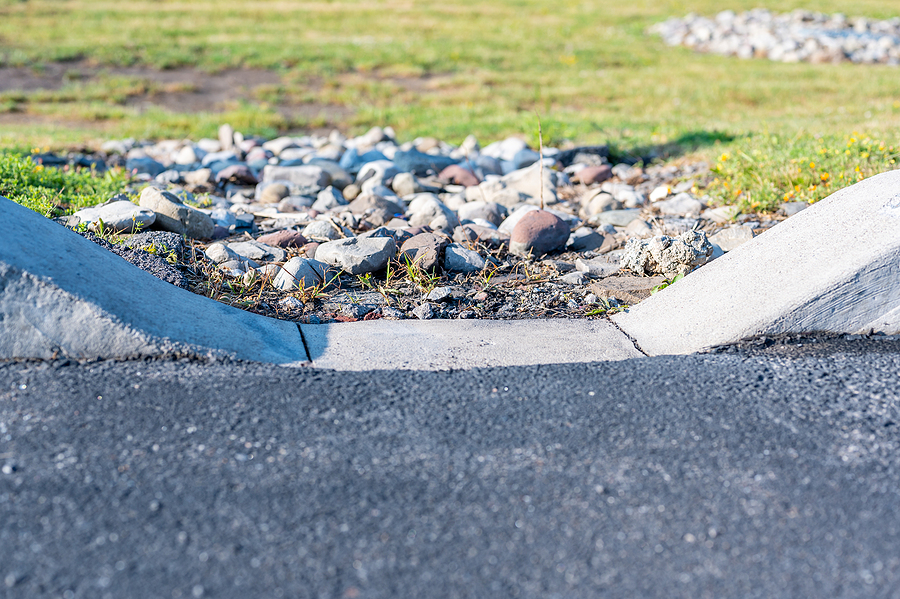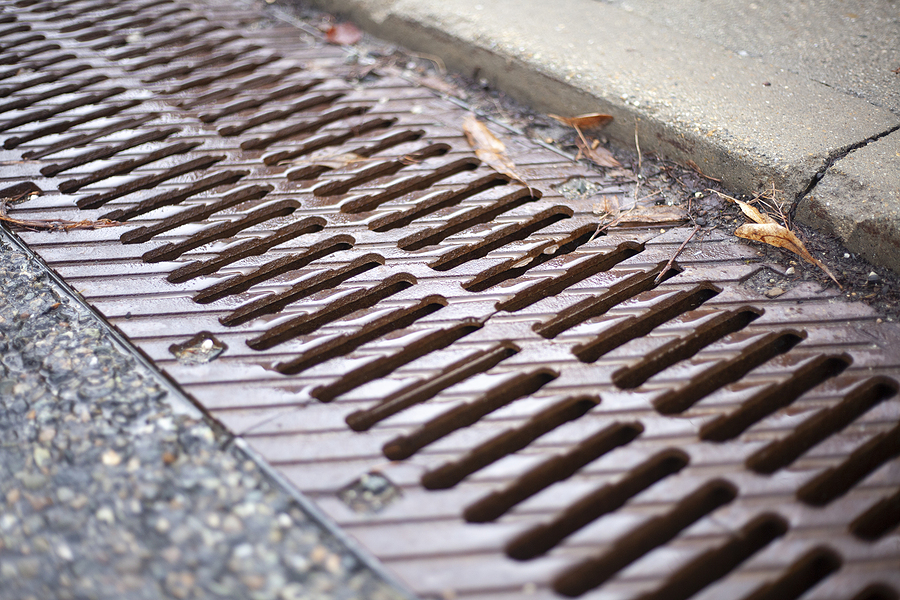A well-maintained parking lot is the first impression a customer has of your business. In Indiana, where pavements face everything from scorching summer heat to freezing winter storms, keeping that surface in top condition can be a challenge. Commercial pavement sealing is a proactive maintenance step that protects your investment, ensuring your property looks professional and stays safe for years to come.
Understanding the role of sealcoating is crucial for any property manager or business owner in Indiana. It is a protective measure that shields your asphalt from the elements that cause it to break down. This guide will walk you through the benefits of commercial sealing, the types of sealants available, the application process, and how to maintain your pavement for maximum longevity.

Why Sealing Your Commercial Pavement Matters
Applying a sealant to your commercial asphalt is more than just a cosmetic upgrade. It’s a critical maintenance task that offers significant long-term advantages, especially in a state with weather as varied as Indiana’s.
Protection from Weather and Elements
Indiana’s weather can be harsh on asphalt. The summer sun beats down, causing oxidation that makes the pavement brittle. In the winter, the freeze-thaw cycle allows water to seep into small cracks, freeze, expand, and turn those minor issues into major potholes. A high-quality sealant acts as a waterproof barrier, preventing water, ice-melting chemicals, and the sun’s UV rays from penetrating the surface and compromising the asphalt’s structural integrity.
Prevention of Cracks and Deterioration
Without a protective layer, asphalt slowly deteriorates. Gas and oil spills from vehicles can soften the surface, while daily traffic wears it down. Sealcoating creates a durable shield that resists these harmful substances and reduces the impact of daily wear and tear. By preventing small cracks from forming and sealing existing minor ones, you can stop larger, more expensive problems like potholes and widespread cracking before they start.
Enhanced Appearance and Safety
A freshly sealed parking lot has a rich, black finish that significantly boosts your property’s curb appeal. It makes your business look well-cared-for and professional. The dark surface also makes parking stripes and traffic markings more visible, which improves traffic flow and enhances safety for both drivers and pedestrians.
Long-Term Cost Savings
While there is an upfront cost to sealcoating, it is a sound financial investment. Regularly sealing your pavement can double its lifespan, delaying the need for costly repairs or a complete replacement. A full asphalt replacement can be one of the most expensive capital improvements for a commercial property. In contrast, routine sealing is a minor operational expense that saves you significant money over the long term.
Types of Commercial Sealants
Not all sealants are created equal. Choosing the right one for your Indiana property depends on your budget, performance expectations, and environmental considerations.
Asphalt Emulsion Sealants
Asphalt emulsion sealants are a popular choice for commercial properties. They are made from asphalt mixed with water and other emulsifying agents. These sealants provide excellent protection against water and weather damage. They penetrate the asphalt surface well, creating a strong bond. While they are highly effective, they can be susceptible to damage from oil and gas spills if not properly fortified.
Coal Tar Sealants
Coal tar sealants have been a long-standing industry standard due to their exceptional durability. They are highly resistant to fuel spills, UV radiation, and water penetration. This makes them a robust option for high-traffic areas like gas stations and busy retail centers. However, their use is declining in some areas due to environmental and health concerns related to the volatile organic compounds (VOCs) they can release.
Acrylic Sealants
Acrylic sealants are a premium, environmentally friendly option. They are water-based, low in VOCs, and come in various colors, which can be used for aesthetic purposes like color-coding parking zones. Acrylics offer excellent durability, UV resistance, and flexibility, and they retain their color well over time. Their primary drawback is a higher initial cost compared to asphalt emulsion or coal tar sealants.
Schedule a Sealcoating Assessment in Indianapolis ✏
The Commercial Pavement Sealing Process
Proper application is just as important as the quality of the sealant itself. A professional sealing project follows a systematic process to ensure a lasting, high-quality finish.
Step 1: Cleaning and Preparation
The process begins with thoroughly cleaning the pavement surface. All dirt, debris, and vegetation must be removed using power brooms, blowers, and sometimes pressure washers. Any oil or gas stains are treated with a primer to ensure the sealant will adhere properly.
Step 2: Crack Filling and Repairs
Before the sealant is applied, any existing cracks are filled, and potholes are repaired. This is a critical step because sealing over unrepaired damage is like painting over rust—it only hides the problem temporarily. Filling cracks prevents water from getting underneath the new sealcoat and causing further damage.
Step 3: Sealant Application
Once the surface is clean, dry, and repaired, the sealant is applied. This can be done using squeegees for an even, consistent coat or with a specialized spray system for larger areas. Most commercial projects in Central Indiana require two coats to achieve the right thickness for optimal protection and durability.
Step 4: Curing
After the final coat is applied, the pavement needs time to cure. The area must be barricaded to prevent traffic until the sealant is fully hardened. Curing time can vary from 24 to 48 hours, depending on the type of sealant, temperature, and humidity.
Maintaining Your Sealed Pavement
Once your pavement is sealed, a few simple maintenance practices will help you get the most out of your investment.
- Keep it Clean: Regularly sweep or blow away dirt and debris. This prevents abrasive materials from wearing down the sealant.
- Address Spills Quickly: Clean up oil, gas, and chemical spills as soon as possible to prevent them from breaking down the protective layer.
- Inspect Regularly: Periodically walk your parking lot to check for new cracks or signs of wear, especially after the harsh Indiana winter.
- Re-Seal on a Schedule: Commercial pavements should typically be re-sealed every 2-4 years, depending on traffic volume and weather exposure.
Protect Your Investment
For business owners in Central Indiana, commercial sealcoating is not a luxury—it’s an essential part of property maintenance. It protects your pavement from the elements, prevents costly damage, enhances your property’s appearance, and saves you money in the long run. By understanding the process and committing to a regular maintenance schedule, you can ensure your asphalt surfaces remain safe, attractive, and functional for many years.
If your commercial property in Central Indiana needs professional sealcoating or asphalt repair, Contact Us Today for a consultation and estimate. Let us help you protect your pavement and your bottom line.
Related Post: Quality You Can See: The Impact of Commercial Asphalt Sealing




